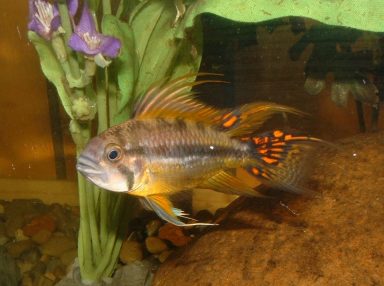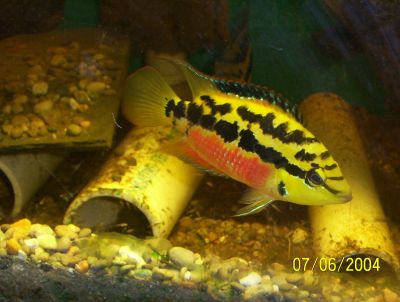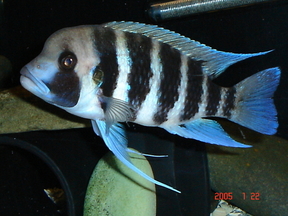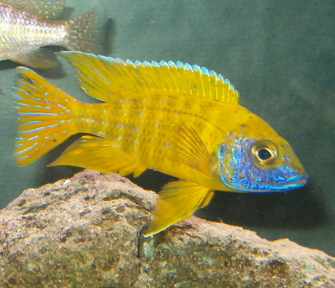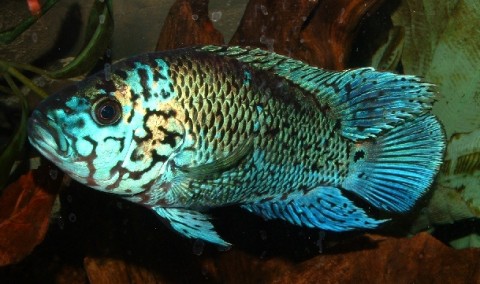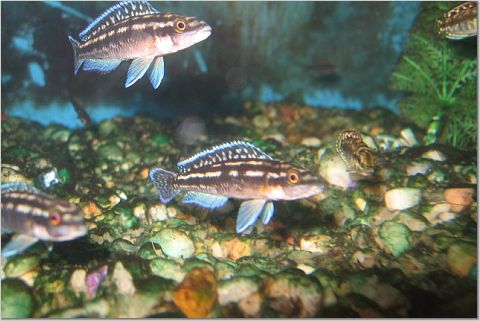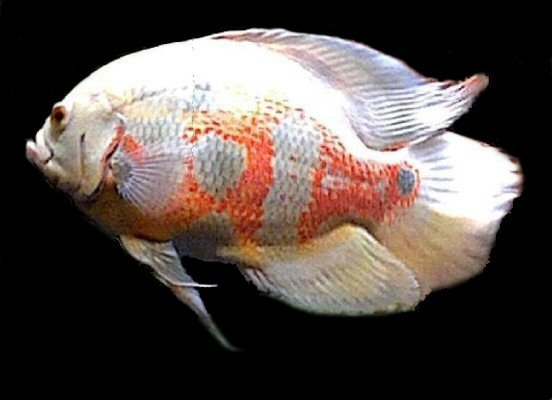Welcome To Ohio Cichlids
Ohio Cichlids is a new place to discuss and learn about your favorite cichlids. It doesn't matter whether you have Frontosa, Convicts, Angelfish, Mbuna, Oscars, etc. Everybody is welcome to join Ohio Cichlids. Although it is small at the moment, Ohio Cichlids is getting bigger everyday.
We have some very intelligent members at the forum, some of which with 20+ years of experience cichlid keeping! So come on in and give us a shout, hope to see you there. If you have a question reqarding your fish please stop by the forum and post it.
Thanks,
Admin-Jack B.





